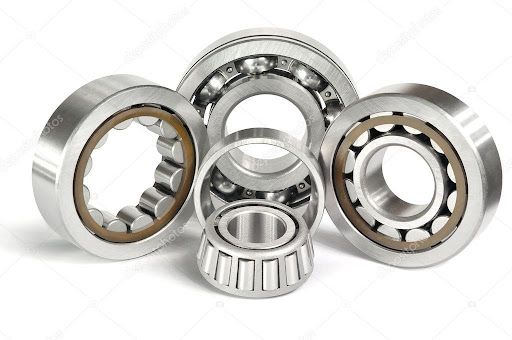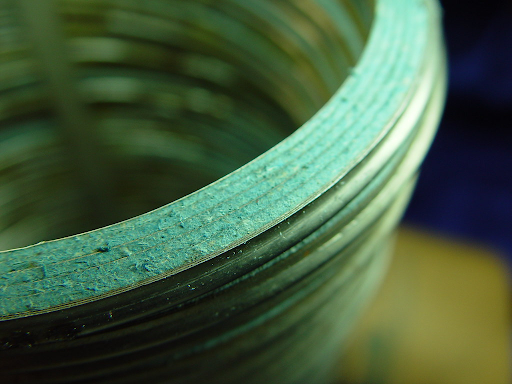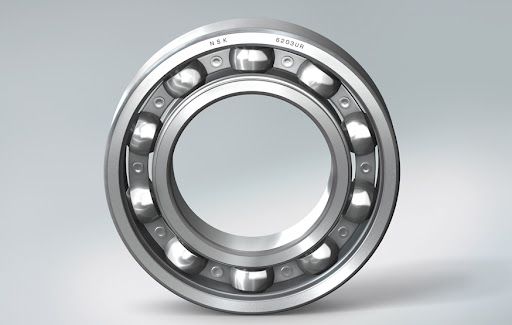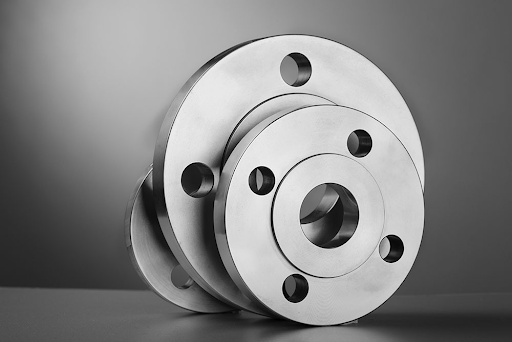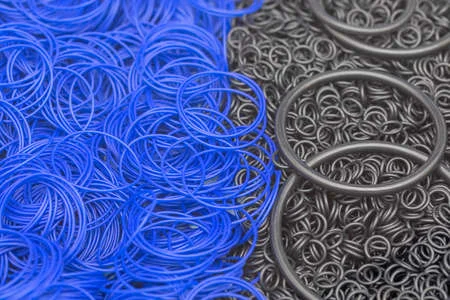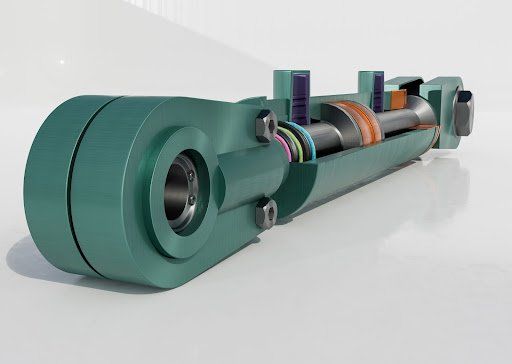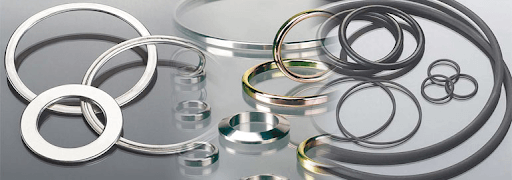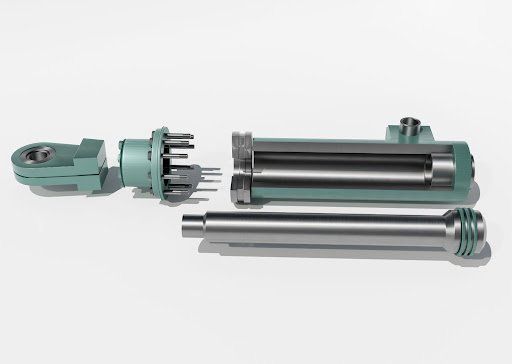Adjusting Roller Chain Lengths With Offset Links
Adjusting Roller Chain Lengths With Offset Links
When discussing offset links for roller chains , it’s important to understand the basics of a roller chain. A roller chain is made up of roller links and pin links. Roller links make up the interior assembly of the chain and consist of two bushings that are press-fit into roller link plates. These may or may not include free-rotating rollers. Rollerless chains, for example, do not include rollers. The same roller links can be used for both multiple- and single-strand chains.
So, what is an offset roller chain link? Also known as ‘half links’ or ‘crank links’, an offset chain link is used when making a chain length with an odd number of pitches, or to shorten a chain length by one pitch. Featuring a combination of a roller link and a pin link, offset links are available in two different designs:
Single-Pitch Offset Links
Single-pitch offset links (slip-fit type) come complete with an unassembled slip-fit pin in the link plate. One end of the pin will be milled flat to prevent it from turning in the link plate after installation.
Two-Pitch Offset Links
Two-pitch offset links (press-fit type) consist of one offset link and one roller link assembled together. The press-fit assembly of this link is highly beneficial. It increases the link’s structural integrity, making it more durable, reliable, and suitable for heavy impact loads or high-speed driving. This is why a two-pitch is often the preferred choice of offset link.
Unfortunately, an offset link will always reduce the chain’s working capacity, so it’s important to note that neither type of offset link is recommended for use, particularly in performance orientated drives.
To join two ends of a chain together, the most common components used are roller chain connecting links . They are also available in either a slip-fit or press-fit configuration, depending on the intended application. Slip-fit links are the popular choice for general chain applications, while press-fit links are recommended for greater load carrying capability.
If you’re interested in which chain links are the most suitable for your particular application, or if you have concerns about possible chain failure in your assembly, don’t hesitate to contact our knowledgeable team for advice.


